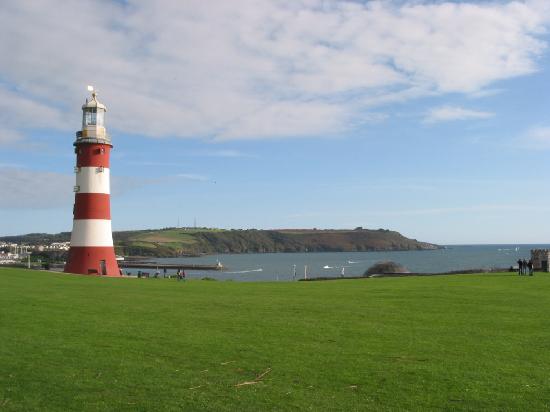Elizabethan sea captain Sir Francis Drake first received news of the Spanish Armada while playing at the Plymouth Hoe bowling green.
He famously kept his cool, insisting on finishing his game before taking to the seas – where of course he successfully routed the would-be invaders.


The bowling green had already been around for some time at this point. After all, bowls has a long history of popularity in Britain.
We know that Henry VIII did his best to ban it, as he wanted young men to be practicing their archery instead – but by Drake’s time it was evidently very much back in fashion.
The bowling green at Plymouth Hoe had its own particular drama in the 20th century, during WWII: the clubhouse was damaged by a German bomb, and the green itself was occupied by an anti-aircraft battery.
Today, having survived the vicissitudes of monarchs and the worst British bombings in history, the bowling green is under threat from budget cuts.
The city council has proposed cuts amounting to £10 million as part of the government’s plan to reduce the deficit and foster Cameron’s Big Society. The suggestion is that members of the bowling club should pay for the green’s upkeep, rather than the tax payer; but as most members are quite elderly this is hardly feasible.
What do you think should happen? Let us know in the comments below





 © 2024
© 2024